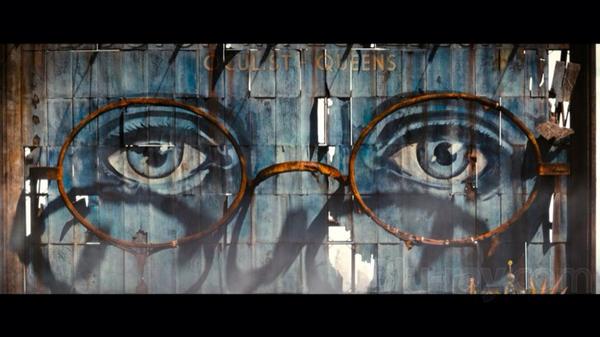In high school,
everyone ends up reading certain books. The intent of course, is to make sure
everyone has a “broad education”. One of the books we read in high school was
HOW TO KILL A MOCKINGBIRD (Harper Lee). That was in ninth grade. OF MICE AND
MEN (Steinbeck) and THE OLD MAN AND THE SEA (Hemingway). ANIMAL FARM and 1984
(Orwell)…
There are dozens
of others and I read them all. Most were assigned, some, like BRAVE NEW WORLD
(Huxley) and SLAUGHTERHOUSE FIVE (Vonnegut) were not.
I never had to
read GATSBY in high school. That was a college assignment and I forgot about it
until my daughter read it and my wife and I saw the movie.
A couple of things
became apparent to me that none of the reviews and summaries I read really
touch on.
The first – and the
reason this Slice is here – is because it’s a fantasy. Of course, high-falutin’
critics think otherwise: “Sarah Churchwell sees The Great Gatsby as
a ‘cautionary tale of the decadent downside of the American dream.’” The rest
of the comments on it, you can find in the themes section of the Wikipedia
entry. Some appear determined to make us believe that this is a subtle novel of
gay love (http://www.salon.com/2013/01/09/was_nick_carraway_gay/).
I don’t have any
letters or a website behind my observation, but I think it’s a novel about two
men who attempt to form a friendship in the midst of a manifestly shallow
culture. I think Gatsby is incredibly lonely and while his romantic focus is
his long-lost-love, Daisy; he has no true male friends. He sees the possibility
of friendship in Nick Carraway – and that’s why he trusts him in everything. He
asks Nick to arrange the meeting with his cousin; and some reviewers don’t
notice that Nick’s decision to come to NY was his own; and how would Gatsby
know he was Daisy’s cousin? That had to have happened later. Also, Nick isn’t
involved in the underworld Gatsby is and is, even in the critic’s eyes, a sort
of innocent.
The fantasy
element comes with the Valley of Ashes and “…the eyes…reminiscent of those of
fictional optometrist Dr. T. J. Eckleburg depicted on a faded
commercial billboard near George Wilson's auto repair shop)…‘They look out of
no face, but instead, from a pair of enormous yellow spectacles which pass over
a non-existent nose.’” (Wikipedia entry) “Wilson equates T.J.’s eyes to the
eyes of God. He recounts to Michaelis what he says to Myrtle after discovering
his affair, “‘and I said “God knows what you’ve been doing, everything you’ve
been doing. You may fool me, but you can’t fool God!”””
The Valley is a
mythical place – not that it didn’t exist, but that it’s some sort of hell that
the people from East Egg and New York have to pass through. In fact, much of
the evil in the novel takes place there – or is caused by what takes place
there. The blame, perhaps is removed from the people and dropped squarely on
the place. Mythical because many no longer believe in a literal hell. It’s a
powerful symbol in this story.
So, we have hell
and we have the search for true friendship that involves trust so great,
secrets can be revealed.
A real, fantasy
world, don’t you think?


No comments:
Post a Comment